Finding growth opportunities for a website is a key process that helps improve search visibility and enhance user experience. Growth opportunities are specific aspects of a website that can be optimized to achieve better results. Screaming Frog SEO Spider is a powerful tool that provides in-depth technical insights and helps identify these areas for improvement. By integrating it with GA4 and Google Search Console, you can determine which pages require optimization based on both technical and performance data.
- Configuring Screaming Frog for analysis using data from Google Search Console
- Accessing API Settings
- Connecting Your Google Account
- Configuring Search Analytics data
- Running the Crawl
- Integrating with Google Analytics
- Verifying API Data
- Exporting Data
- Manual Data Preparation for Content Analysis
- Mapping Columns for Data Alignment
- Required Columns:
- Manual Data Analysis
- Identify pages with optimization potential
Configuring Screaming Frog for analysis using data from Google Search Console
To conduct a detailed website audit using Screaming Frog combined with Google Search Console (GSC) data, follow the steps below.
Accessing API Settings
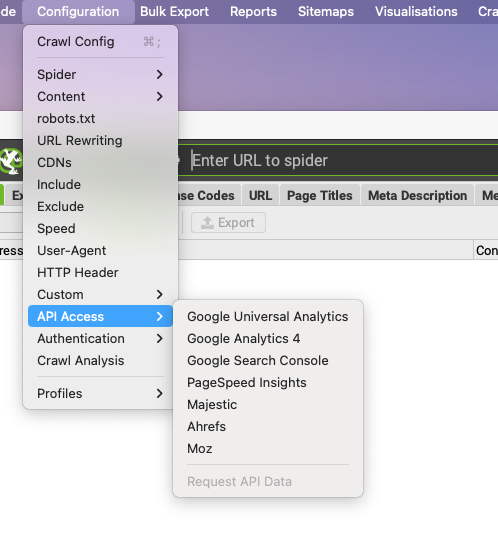
- Step 1: Open Screaming Frog and navigate to
Configuration > API Access. - Step 2: From the list of available integrations, select
Google Search Console. This integration allows you to import search performance data directly from your GSC account, significantly expanding your analysis capabilities.
Connecting Your Google Account
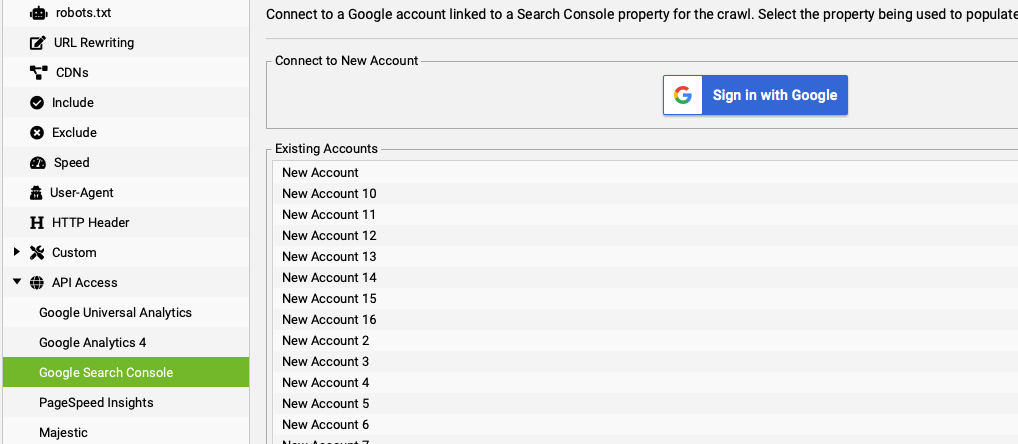
- Step 3: After selecting Google Search Console, a new window will open prompting you to connect your Google account. Make sure to use the account that has access to the website you want to analyze.
-
Step 4: Once authorized, choose the property that contains the data you need. Ensure the correct property is selected before proceeding.

Configuring Search Analytics data
- Step 5: Before confirming the connection, open the
Search Analyticstab. Here you can configure which metrics will be pulled from Google Search Console. For a more comprehensive analysis, it’s recommended to select a 12-month date range, as this provides a clearer picture of long-term trends and performance dynamics.
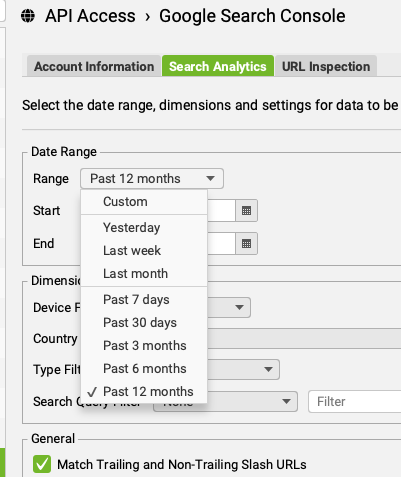
Running the Crawl

- Step 6: Once the API setup is complete, click OK to save your settings.
-
Step 7: Enter your website URL in the Screaming Frog search bar and click Start. The crawl duration will depend on your site’s size. During the crawl, Screaming Frog will incorporate GSC data, enabling a deeper and more accurate analysis.
Integrating with Google Analytics
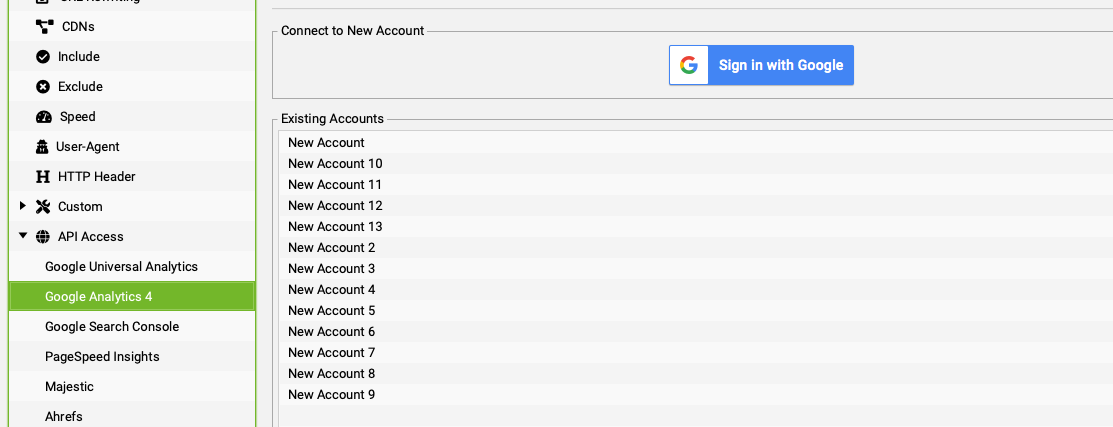
-
Step 8: For even more detailed insights, connect Screaming Frog to your Google Analytics (GA4) account via the API. This allows you to import behavioral metrics such as sessions, engagement rate, and conversions, providing a holistic view of user interaction with your content.
Verifying API Data
After the crawl begins, go to the Internal tab and ensure that HTML URLs are selected.

Scroll through the results to confirm that data from Google Search Console (GSC) or Google Analytics 4 (GA4) is appearing correctly — such as clicks, impressions, and other imported metrics.

It’s important to verify that the data is being displayed properly. Misconfigured API settings, an incorrect account, or the wrong property selection can lead to missing or inaccurate results. Identifying these issues early saves time later.
Exporting Data
Once you’ve confirmed that all metrics have loaded correctly, export your HTML URLs. Screaming Frog allows data export in multiple formats. Exporting to Google Sheets is convenient for team collaboration, while Excel may be more suitable for individual analysis.
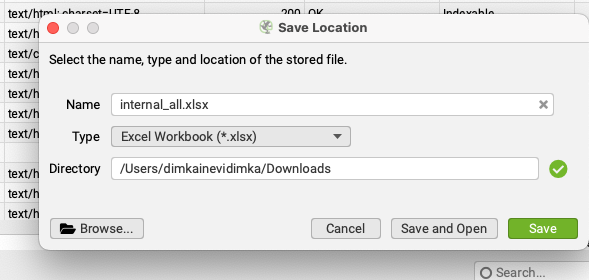
The exported file will include all analyzed URLs along with the metrics pulled from the connected APIs.
Manual Data Preparation for Content Analysis
Although Screaming Frog offers extensive functionality for working with data via API integrations, this section focuses on manual data preparation for content analysis, particularly on identifying pages with high impressions but low clicks.
To begin, you’ll need a copy of the template document, which is available for free. This template will help you organize the data and perform your analysis more efficiently. You can download the file here.
Mapping Columns for Data Alignment

To successfully analyze your content using data from Screaming Frog, Google Search Console, and Google Analytics 4, you’ll need to map the exported data to the required columns in the template.
Required Columns:
-
Address / URL: The full page URL (column “Address” in Screaming Frog).
-
Indexability: Indicates whether the page is indexable by search engines (“Indexability” in Screaming Frog).
-
Title: Page titles extracted during the crawl.
-
Sessions: Number of sessions from GA4 (metric name: “Sessions”).
-
Views: Pageviews or views data from GA4.
-
Engaged Sessions: GA4 metric showing sessions with meaningful user interaction.
-
Engagement Rate: The percentage of engaged sessions in GA4.
-
GA4 Conversions: Conversion data imported from GA4.
-
GA4 Event Count: Total event count tracked in GA4.
-
GA4 Total Revenue: Revenue data from GA4.
-
Clicks: Click data imported from GSC.
-
Impressions: Impression data from GSC.
-
CTR: Click-through rate calculated as clicks divided by impressions.
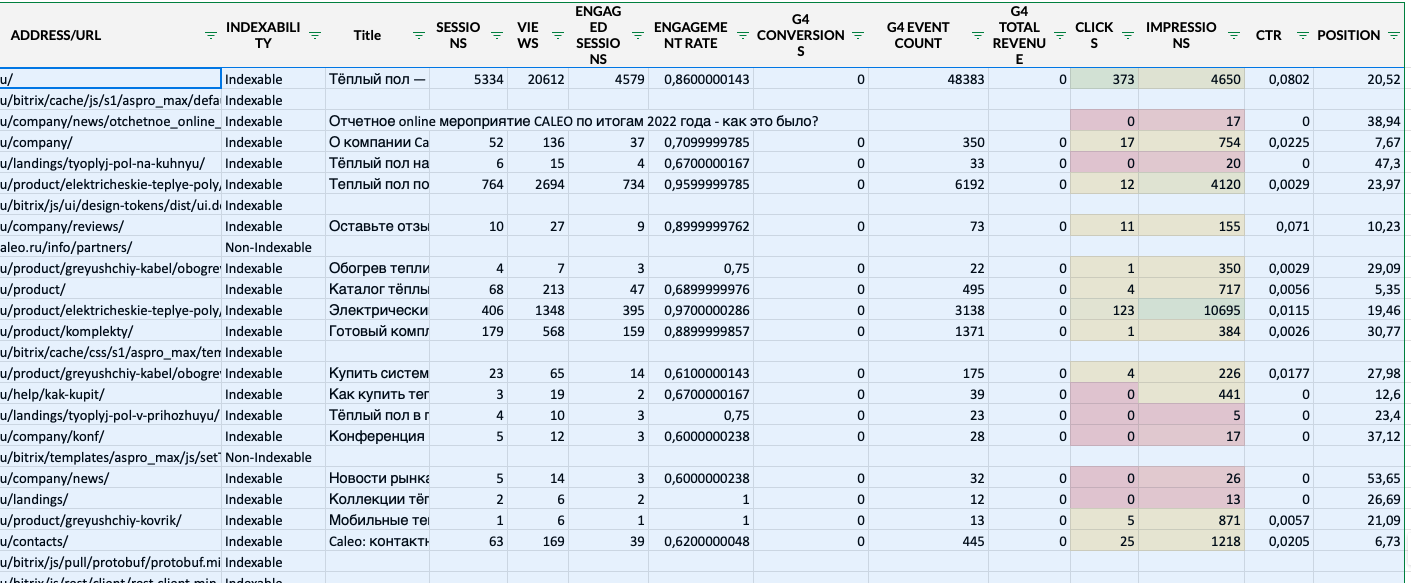
Manual Data Analysis
Content analysis depends on your site’s nature and goals, but several general principles can guide the process:
Identify pages with optimization potential
- High impressions and high clicks: If a page already receives a large number of impressions and clicks, it is likely well-optimized and does not require immediate adjustments. In this context, it makes more sense to focus on pages that can be improved with less effort.
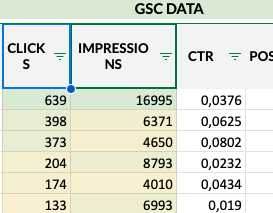
- Filter pages by click volume: Define what qualifies as a “good” click threshold for your site. Exclude pages that already exceed this benchmark to focus your efforts on underperforming ones.
- Use visualizations to identify opportunities: Highlight pages with high impressions (green cells) and low clicks (red cells) to quickly spot optimization priorities.
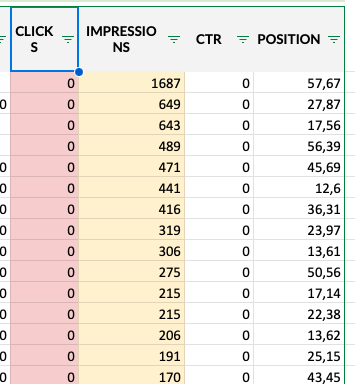
Once you’ve identified pages that need improvement, open Google Search Console → Performance Report.

Set the date range to 12 months.
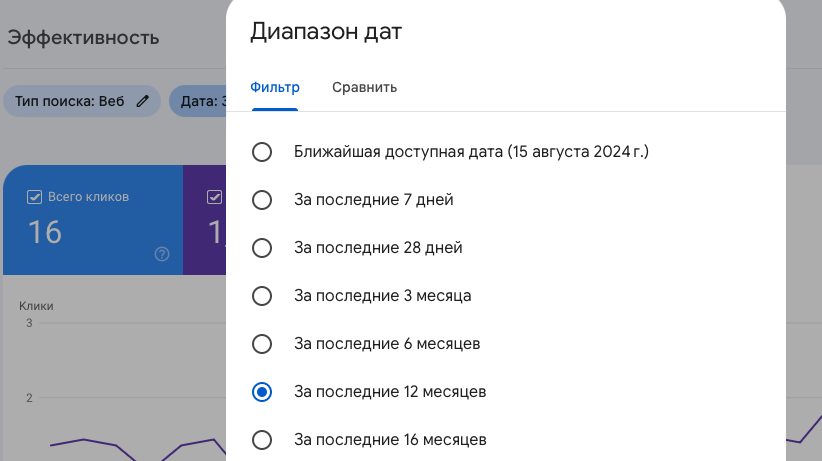
Apply a page filter for the URL you’re optimizing.
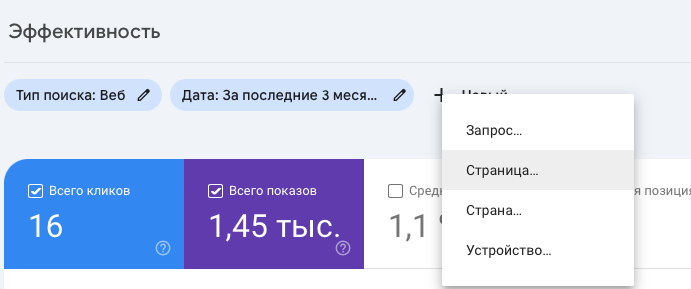
As a result, you’ll obtain a list of queries that can be used to further optimize the selected page.
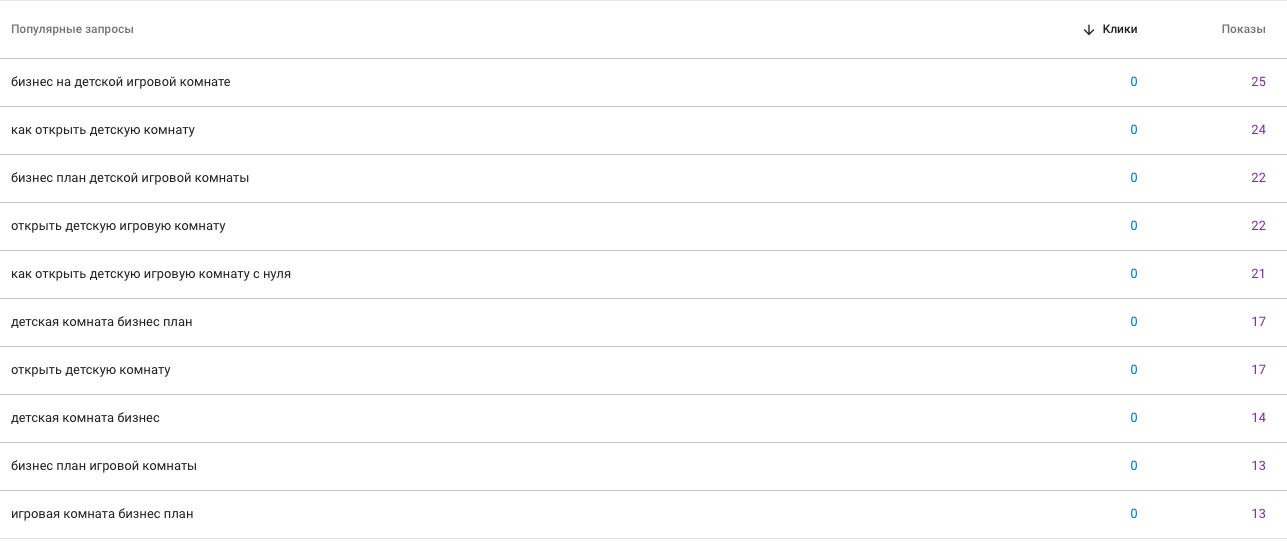
Once you identify the target keywords for promotion, incorporate them into your content strategy plan. The plan may include creating new pages to target these keywords, strengthening internal linking by using them as anchor text, or rewriting and refining existing content to better align with search intent.
This approach allows you to focus on the pages with the greatest improvement potential, ultimately increasing your website’s visibility and driving more clicks.
